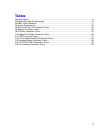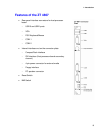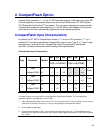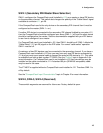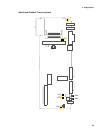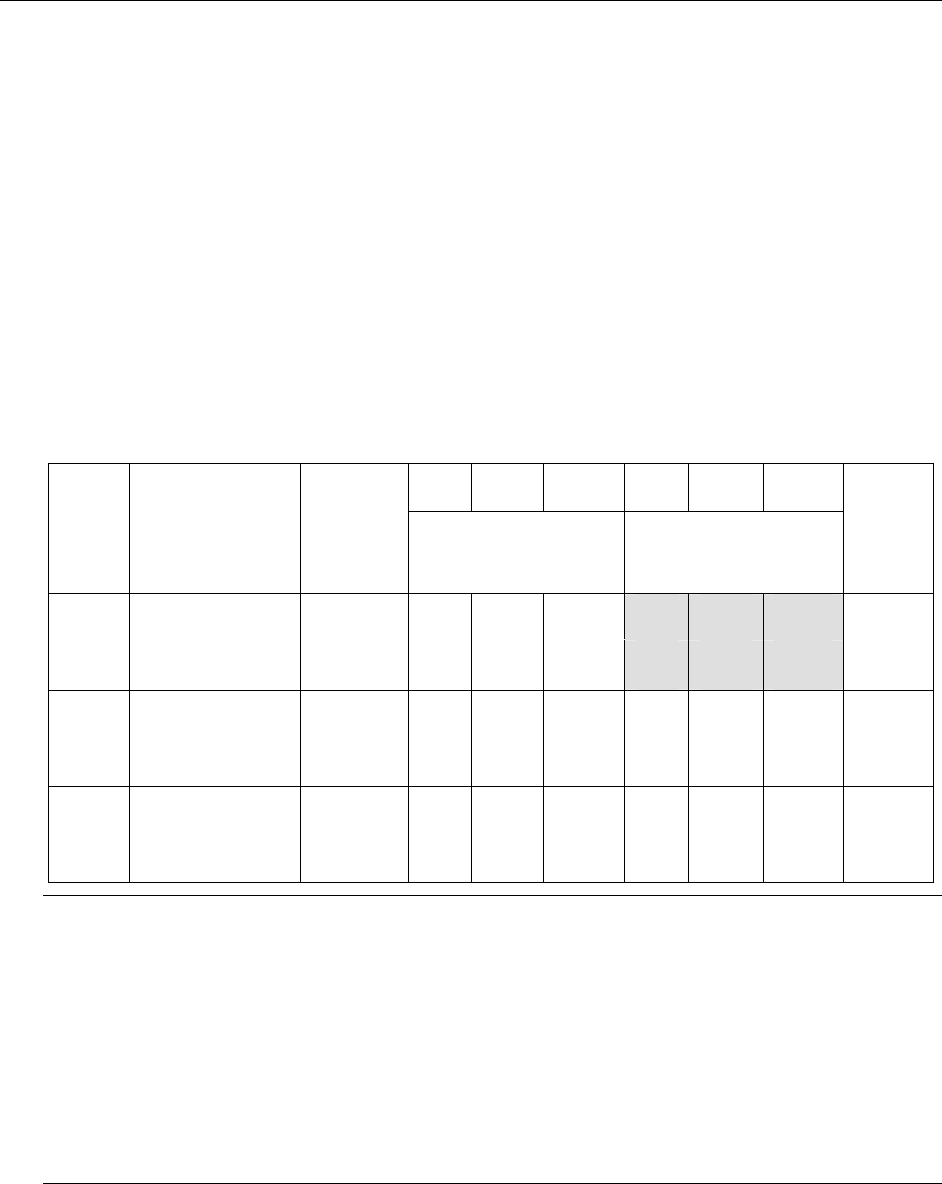
2. CompactFlash Option
CompactFlash connector J12 on the ZT 4807 provides external, solid state, secondary IDE
channel capability to a processor board such as the Intel NetStructure
®
ZT 5504 System
CPU Board with Intel Pentium
®
III processor. This connector is designed to accommodate
CompactFlash expansion cards operating in True IDE Mode, which appear to the system
as a hard drive and are automatically supported by most operating systems.
CompactFlash Input Characteristics
By default, the ZT 4807’s CompactFlash socket (J12) is set to 5.0V operation (CT5 is in
position B). This setting requires the CompactFlash card to have “Type 2” or “Type 3” input
characteristics, as shown in the “CompactFlash Input Characteristics” table below.
SanDisk* currently manufactures cards meeting these specifications.
CompactFlash Input Characteristics
Min Typ. Max Min Typ. Max
Type Parameter Symbol
VCC = 3.3 (CT5A)
1
VCC = 5.0 (CT5B)
2
Units
Input Vih 2.4 — — 4.0
3
— —
1
Voltage CMOS Vil — — 0.6
— — 0.8
Volts
Input Vih 1.5 — — 2.0 — —
2
Voltage CMOS Vil — — 0.6 — — 0.8
Volts
Input Vth — 1.8 — — 2.8 —
3
Voltage CMOS Vtl — 1.0 — — 2.0 —
Volts
Notes:
This table is based on one provided in the CompactFlash Specification Revision 1.3. The shaded area
represents operation not supported on the ZT 4807.
1. If the CompactFlash socket (J12) is set for VCC = 3.3V operation (CT5 is in the A position), do not connect
a disk drive on the EIDE connector J11. Doing so will damage the CompactFlash device!
2. Factory default configuration.
3. CompactFlash cards with “Type 1” input characteristics (operating from VCC = 5.0) should not be used
because the ZT 4807 does not meet the 4.0V minimum input voltage requirement (ZT 4807 EIDE channels
V
OH
= 2.8V).
13



